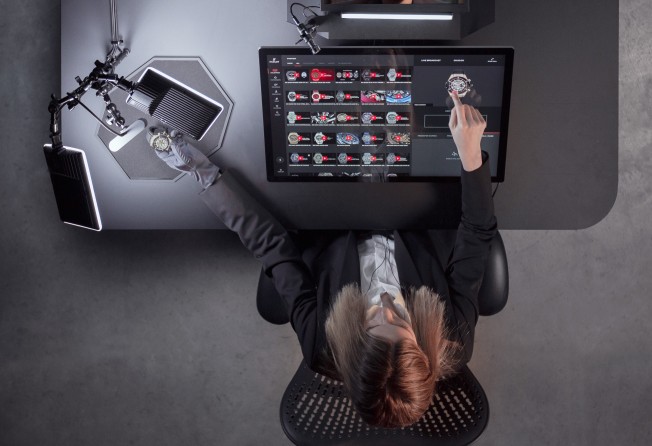Cartier, Piaget, IWC, Jaeger-LeCoultre join Alibaba’s Tmall, following LVMH with virtual stores for online customers – how much would you spend on a luxury watch you’d never seen?
Watch brands Patek Philippe and Roger Dubuis try out augmented reality headsets and others add virtual assistants to deepen engagement with demanding customers, while some holdouts, including Rolex, insist technology is not immersive enough yet

When the world shut down early this year due to the Covid-19 pandemic, it seemed like trips to the local watch retailers – and indeed almost any shops – would be impossible. But were they?
Products from the Richemont maisons, such as Cartier and Jaeger-LeCoultre, were already available on various e-commerce platforms. In 2019, Richemont and Alibaba Group formed a strategic partnership with the opening of the Net-a-Porter flagship store on Alibaba’s Tmall Luxury Pavilion. The joint venture put all Richemont-owned watch brands including Cartier, Baume & Mercier, IWC Schaffhausen, Jaeger-LeCoultre, Panerai, Piaget, Roger Dubuis as well as Vacheron Constantin and Montblanc, at the finger tips of affluent Chinese consumers.
Print option is available for subscribers only.
SUBSCRIBE NOW